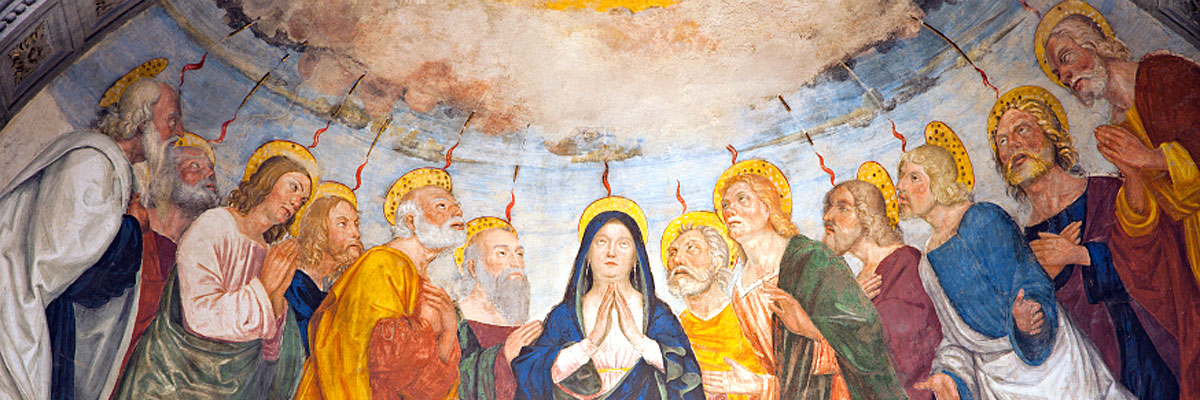
Understanding Our Church
A Treasury of Arkansas Writers Discussing the Catholic Faith
Official Website of the
Catholic Diocese of Little Rock
In spite of mystery, Trinity offers conversion by experiencing its reality
Published: January 10, 2004
By Msgr. Richard Oswald
One of the joys of teaching children is the delightful way in which they ponder our instruction, synthesize it as best they can, and then come up with questions that force us to dig a bit deeper in both our understanding and the way in which we express it. This occurred recently when one of our catechists was teaching a lesson on the holy Trinity.
The child’s question was, “Is Jesus a clone of God?” The obvious answer is, “No,” but the question is a good one because it gave the catechist the opportunity to take a concept that can be understood and, through comparison, help the student to speak more clearly about a mystery that we cannot fully understand.
A clone comes into existence after genetic material is removed from a living organism and transferred to an individual cell. The cell then begins the process of growth that leads to another organism. One organism exists before the other. (Cloning of human embryos has been declared immoral by the Church because it separates the conception of life from the loving and open physical union of wife and husband and reduces it to a product of laboratory manipulation.
It also involves disrespect for the life of embryos conceived and then destroyed in the trial and error approach of the cloning process.) The Father, Son and Holy Spirit exist for all eternity. There was never a time when one was and the other was not. Because clones are genetically identical they do share a measure of physical sameness but they remain two essences.
Each exists totally apart from the other and can be removed from the presence of the other so that where one is the other is not. In God there are three distinct persons, but there is only one God, one divine essence. The three persons are coequal. Where the Father is, there is the Son. What the Son knows the Holy Spirit knows.
The mystery of the Holy Trinity is the central mystery of our Roman Catholic faith. When we say it is a mystery we do not mean it is an intricate puzzle that we can solve if we can find all of the necessary clues. It is a mystery in the sense that it beyond our ability to understand and we can know that it is true only because God has revealed it to us.
It is a mystery because even though we can never fully understand it every moment of our lives is an opportunity to be further transformed through our experience of its reality. At Sunday Eucharist we proclaim the Nicene Creed. We profess our faith in the one God in whom there are three persons, a faith that is ours through the power of the Holy Spirit, the one through whom we are able to receive the love of the Father.
With the Son, our savior and our priest, we offer praise and thanksgiving to the Father and are united with him as he offers his perfect sacrifice to the Father. We ask the Father to send the Spirit to sanctify our bread and wine that it may become the body and blood of Christ. We ask the Spirit to unify us, to make us, the Church, the body of Christ.
We will never comprehend the mystery of the Trinity. We will never understand how there are three persons in one God. Ours is to know them and to enjoy the wisdom and love they share with us and to grow in our relationship with them.



